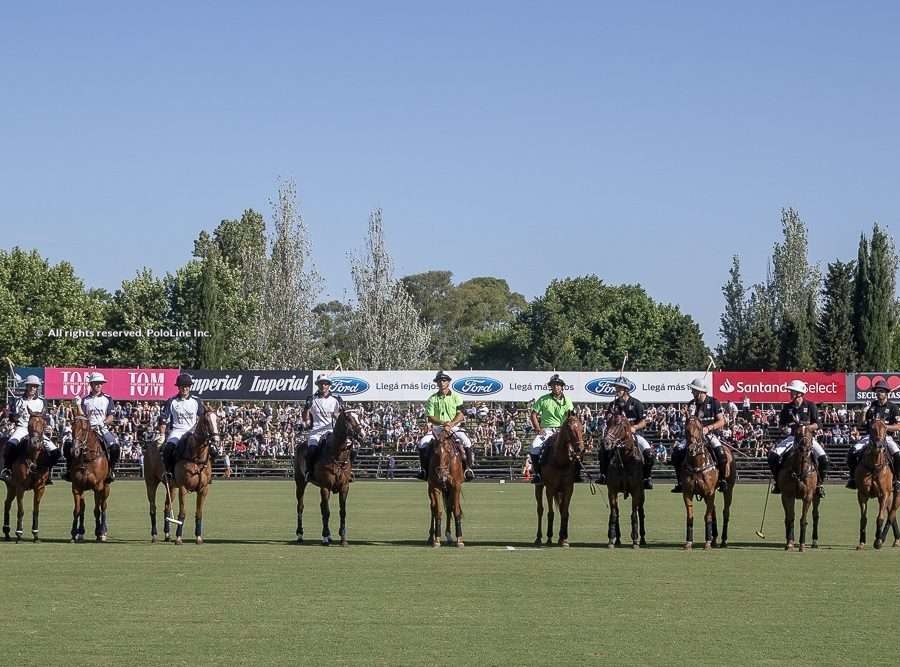By Dr. Guillermo Villanueva & Prof. Eduardo Amaya
Life is dynamic – and polo is no exception. We’ve seen the evolution of the sport over the years and tried to adapt to the constant changes. The sport now has more continuity, where dangerous plays lead to fouls. Over the past few months, we have seen several accidents take place, forcing us to take action to avoid any more accidents from happening.
Polo as a sport has inherent risks; mounting a horse in and of itself should be approached with caution, so imagine throwing action and speed into the mix. It can become dangerous. Our mission is to prevent as many accidents as possible from happening.
Definition of accident: An unintentional, unfortunate incident that happens unexpectedly, typically resulting in damage or injury to players, animals, or objects.
Polo is so dynamic that teams like El Trébol, Venado Tuerto, Coronel Suarez, La Espadaña, Chapa Uno or La Dolfina can’t be compared. Each team had its own characteristics and style of play.
Today, we must focus on the players and the horses.
We must focus on the different categories: a) High goal; b) Medium goal; c) Low goal; d) Seniors; e) Women; f) Kids.
There is a wide scope to consider when working to prevent accidents. It is our responsibility to inform, starting with the teams that play the Triple Crown, because they are the ones able apply the concepts, both to improve their performance and to achieve our objective.
Factors that make polo a dangerous sport:
- An increase in the number of players around the world. More hours of play amount to a higher probability that accidents will occur.
- Style of play has changed over the years. It is no longer an open game. Players now look for short lines of play, changing from one side to the next, increasing the risk of crashes.
- Many tournaments mix players of different levels and genders, which can increase risk.
- It is still common to come across players who don’t know the rules well enough, or who misunderstand them. This happens mostly in low goal tournaments.
- Dangerous or reckless players, ruled by their negative state of mind or mood, put their teammates and opponents, as well as themselves, in danger. This is the most important point that we can make today, and it is one we must pay attention to.
- Dangerous horses, those not apt for playing polo, pose a huge risk to everyone.
- Contracts and prizes that put pressure on a player – be it because their reputation is on the line, their handicap may go down, or because they may lose their job, forces them to play recklessly, being a hazard to all on the field.
- Umpires have one function: To prevent mishaps by taking care of players, horses, and spectators in a calm and kind fashion. They do this alongside tournament authorities, which should evaluate whether a horse or player should be allowed to compete or not.
- Polo needs prevention. Focus should be placed on dangerous players and horses. The rules have been, and will always be, clear.
We must work with players to raise awareness around the dangers of polo. We must work to build a safe sport.
It will never be perfect, but we will avoid as many accidents as possible.
Conclusion:
We suggest that a “Prevention System” be developed – which, from a psychological perspective, will help the situation. This should be done by activating the experience of former and current high goal players, applying scientific knowledge, and harnessing the selfless dedication needed to benefit polo as a whole.

